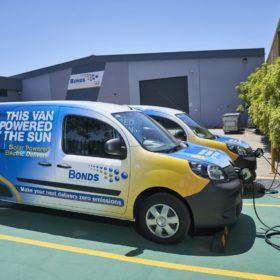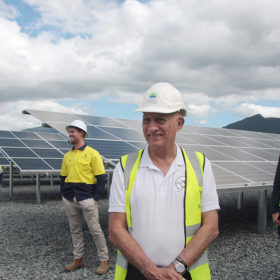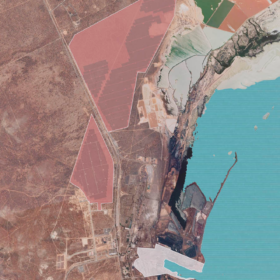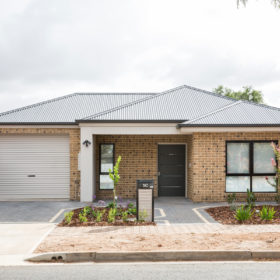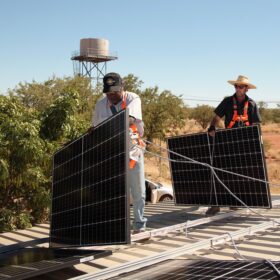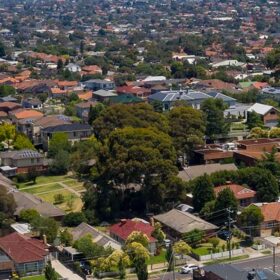Sendle it over, Australia’s first solar-powered delivery fleet
Sendle and Bonds Couriers have teamed up to deliver Australia’s first solar-powered fleet of delivery vans. As the boom of eCommerce has continued through Covid-19, the ethical import of sustainable shipping and delivery has become evermore salient.
Cairns isn’t letting water or solar go to waste
Cairns Regional Council is nearing the completion of four mini solar farms across its Wastewater Treatment Plants, a development that will significantly reduce emissions and save on the electricity bill.
Soluna home batteries receive CEC approval
Soluna Australia’s lithium-ion residential energy storage systems have achieved accreditation with the Clean Energy Council and are now eligible for incentives under the federal and state government programs.
Carbon accounting for beginners
A new report from Rocky Mountain Institute in the U.S. explores the need for companies to disclose information about greenhouse gas emissions throughout their supply chains, and the most effective ways to do this whilst ensuring consistency and comparability of collected data across multiple industries.
Australia becomes first market outside Europe to receive Ikea’s full home solar offer
Ikea has launched its turnkey home solar offer in Australia, making it the first market outside Europe that can purchase a home solar kit from its website. Ikea has partnered with Solargain to try and bring solar to as many Australian rooftops as possible.
Solar Trees grow in Townsville
Townsville in North Queensland is set to receive two new ‘solar trees’ as part of a beautification project designed to connect the city’s new stadium precinct with its CBD as the regional city looks to boost its economic recovery from the impacts of Covid-19.
Bringing green steel to reality: GFG launches Whyalla overhaul
GFG Alliance head Sanjeev Gupta has announced a high-cost refurbishment plan for the Whyalla Steelworks in South Australia marking a major step towards his goal to power the plant with green hydrogen.
Australian solar startup wins Honnold Foundation support to seed solar in the South Pacific
UNSW solar scientist Matt Edwards is passionate about making solar accessible and using it to displace reliance on diesel in our region. As CEO of startup BlueVolt, he’s “pretty stoked” that his Savo Solar Initiative has won the support of an international foundation, famous for seeding solar projects all over the world.
HomeBuilder misses a chance to make our homes perform better for us and the planet
The federal government’s new A$688 million HomeBuilder package might protect residential construction jobs but it’s a missed opportunity to deliver sustainability benefits that would save owners money in the long run.
Sydney’s 100% solar-powered floating villa
Welcome to the rarest kind of pleasure, a sustainable one. Australian designer Chuck Anderson’s Lilypad is a 100% solar powered villa floating off Palm Beach in Sydney’s north.
